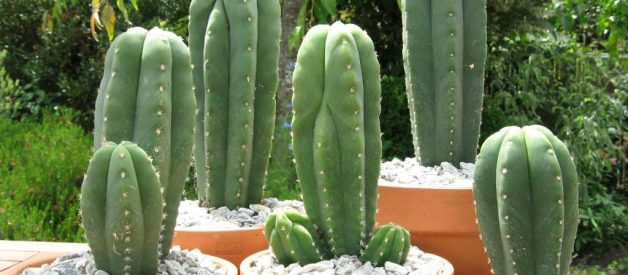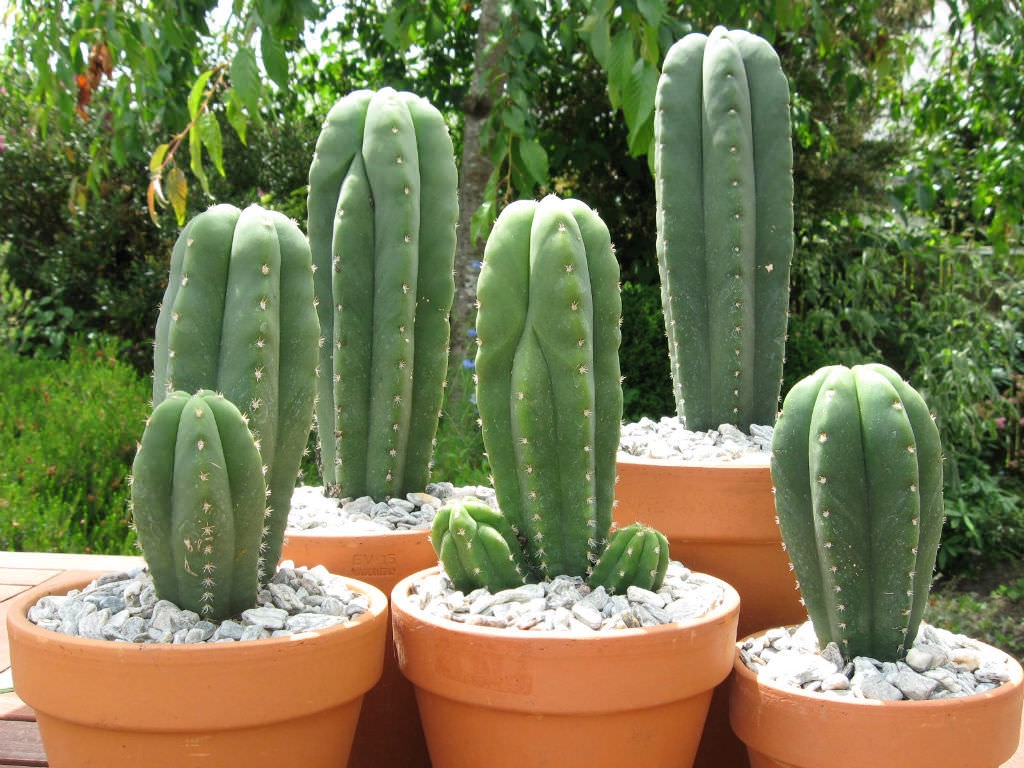 San Pedro, also known as Huachuma. Native to the Andes but available in ornamental plant nurseries throughout North America, Europe, Australia, and New Zealand. Botanical cousin of Peyote, and mescaline-bearing.
San Pedro, also known as Huachuma. Native to the Andes but available in ornamental plant nurseries throughout North America, Europe, Australia, and New Zealand. Botanical cousin of Peyote, and mescaline-bearing.
The beauty of utilizing psychedelic plants, as opposed to synthetics, is a question of intimacy. Especially when you coax a plant into life, care for it, harvest it yourself, and prepare it with your own hands.
Unless you?re a chemist, your relationship with a synthetic psychedelic is usually that of a consumer, in the economic sense of the word. Somebody somewhere has created this thing, by a method that we know little or nothing about, and we use money to buy it. In some cases, we even buy it online. It gets shipped to us in a package like earphones.
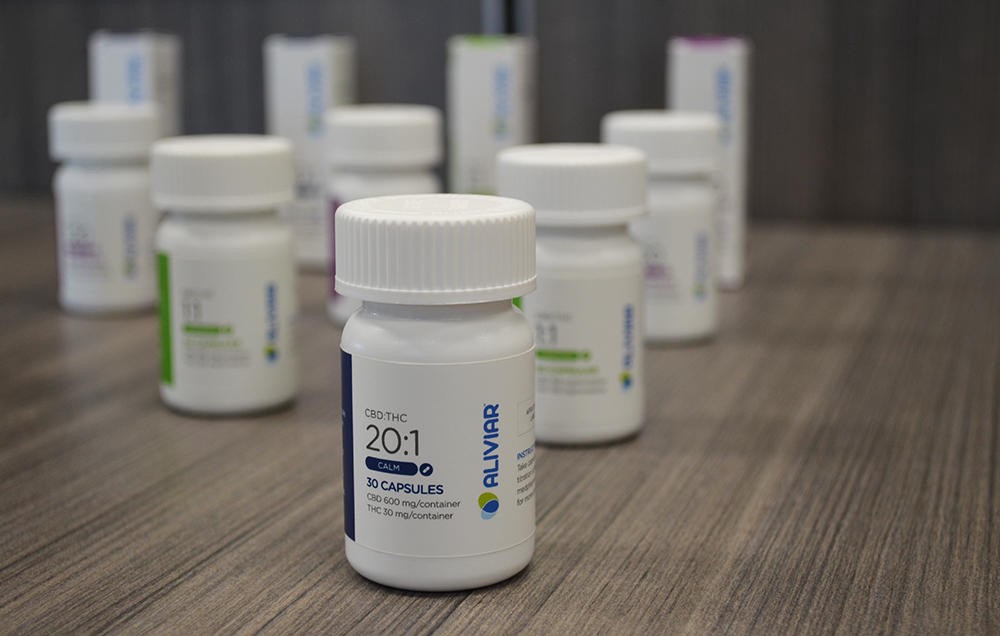 Technically speaking, this is a plant medicine.
Technically speaking, this is a plant medicine.
Of course plant medicines can also be purchased like consumer products, and now they often are. This is not entirely a bad thing. I?ll be the first to admit that legally purchasing well-engineered Indica gummies online is better than furtively buying a ratty wad of dry weed from the dude in the park who says ?walk with me? as he looks around and shoves a bag into your hand in exchange for a greasy banknote and then later, when you smoke it, you just feel kind of dumb.
The legal Cannabis industry is definitely a positive development, as is the decriminalization of Psilocybin and the increasingly-mainstream use of Ayahuasca. But now we?re starting to use these plants like prescription medicine purchased from behind a white counter. It?s okay, I do it too sometimes. I?m not here to beat us up about this. I merely wish to propose an alternative approach, when circumstances allow it.
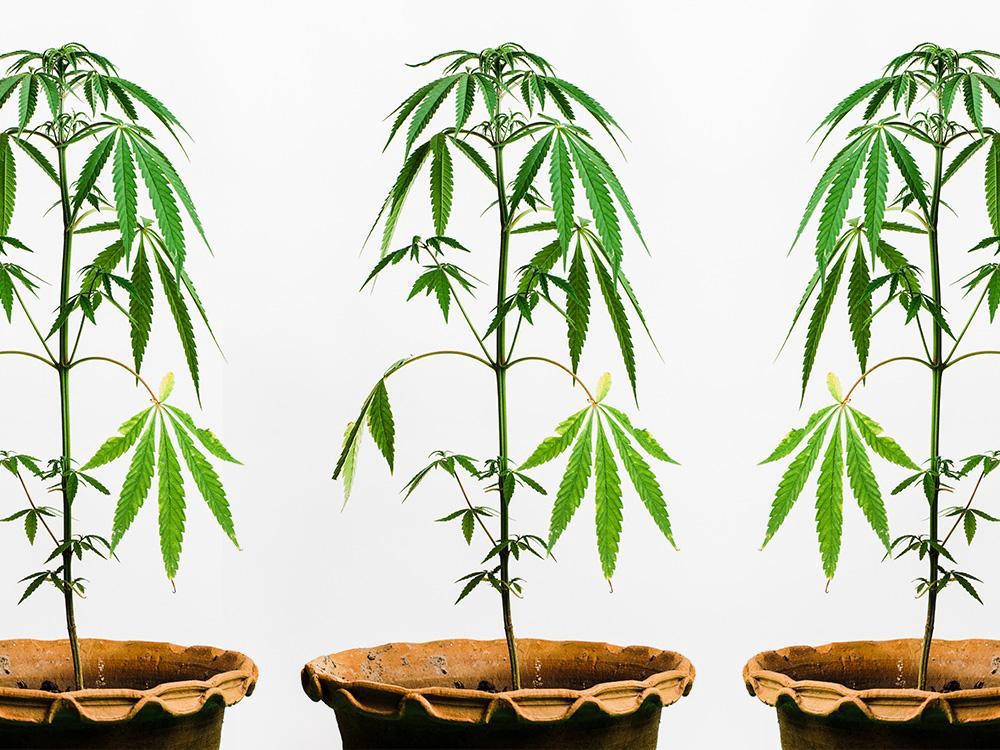 Sure, you can now legally purchase Cannabis in a shop down the street?or online. But you can also grow it at home, and harvest the buds rather than buy them.
Sure, you can now legally purchase Cannabis in a shop down the street?or online. But you can also grow it at home, and harvest the buds rather than buy them.
Why Grow Your Own
Even if it?s only a few Cannabis plants sitting in pots on the windowsill, or San Pedro cacti in the garden ? it?s almost always more rewarding when we grow the plants ourselves.
Why? For one, I think we humans have a lot to learn from plants, and not all of these lessons are acquired by consuming them. The process of raising a plant from seed to maturity is an intimate experience. It is an example of co-creation. You create the conditions for its growth, and the DNA of the plant executes the growth in conjunction with the elements. It?s a dynamic partnership. And it?s also a great lesson in patience.
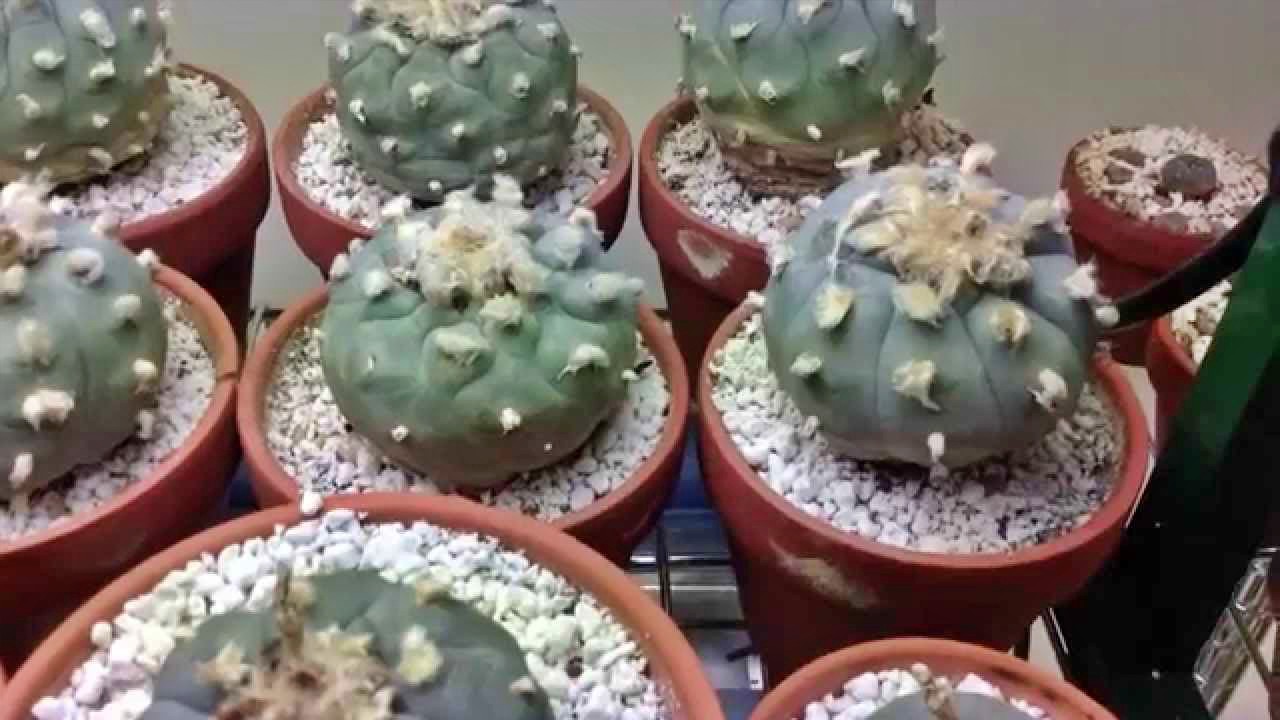 Peyote. Extremely powerful plant, but a slow-grower. Technically illegal to grow or consume in the US unless you are a registered member of the Native American Church.
Peyote. Extremely powerful plant, but a slow-grower. Technically illegal to grow or consume in the US unless you are a registered member of the Native American Church.
Caring for a psychotropic plant also allows you to shape its personality, to some extent. And this, in turn, may allow you to influence the tone of the experience that comes with consuming the plant. Processing the plant yourself adds yet another layer of intimacy as well as security. The best way to trust that a psychedelic substance has been processed and dosed correctly is by doing it yourself. Sure, there?s a bit of a learning curve involved, but with the information available on the internet, the answers are usually within reach. All that you really need is the desire to do it yourself, and a little bit of time.
DIY psychedelics are often more economical, as well. Sometimes money isn?t even needed at all. The first Cannabis plants I grew cost me a grand total of zero dollars and zero cents, and they were lovely. I have never once paid for San Pedro, or consumed San Pedro that was prepared by any pair of hands other than my own. And those are the most rewarding psychedelic experiences I?ve ever had.
The one caveat is: do your homework beforehand. Train yourself to become an expert. And be smart about it.
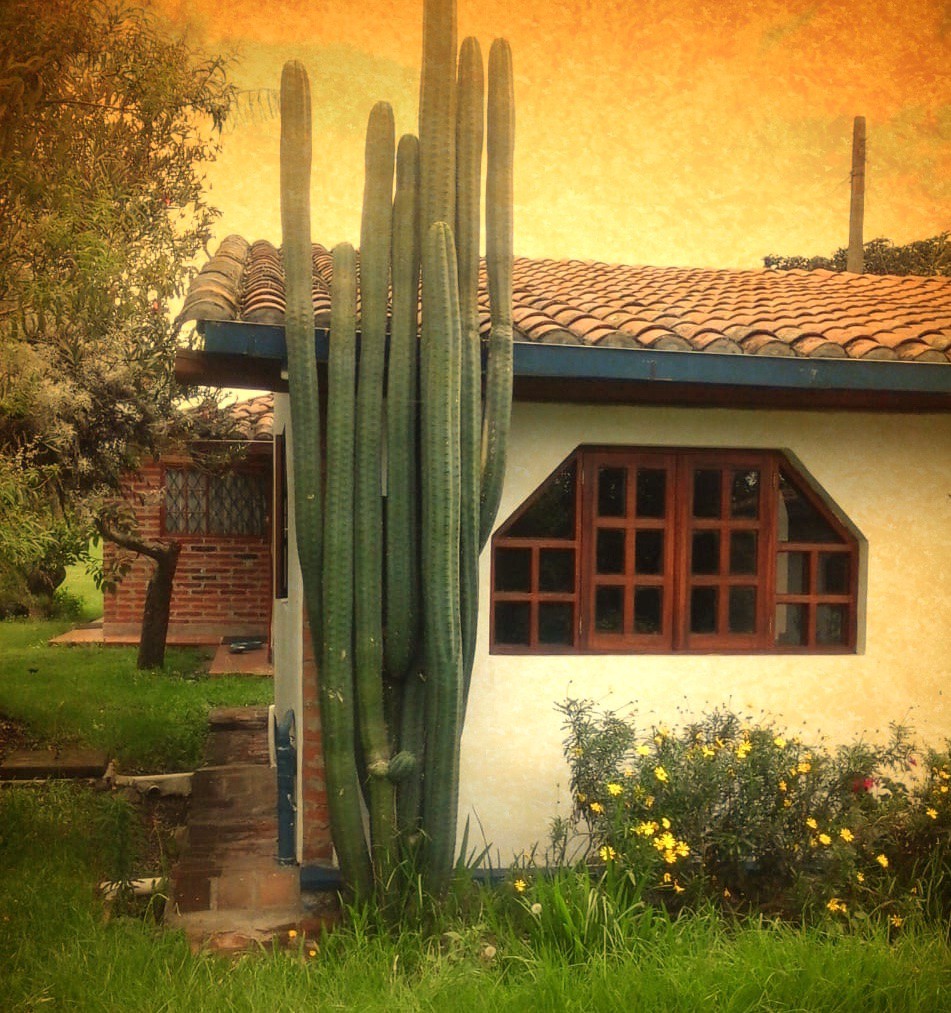 San Pedro growing at a friend?s house on the outskirts of Quito.
San Pedro growing at a friend?s house on the outskirts of Quito.
What to Grow
Cannabis seeds and San Pedro cuttings are both easy to source and to grow at home in many countries. If you?re willing to grow them indoors, the climate doesn?t matter too much ? all you need is a window with good sun exposure. I know people who are growing San Pedro as far north as Canada ? indoors of course. I also know people who are growing it outdoors as far north as Colorado and all throughout the American southwest, and as far south as New Zealand.
In the realm of DIY psychedelics, Cannabis and San Pedro are the low-hanging fruit. Peyote cactus can also be grown at home, but it grows much more slowly than San Pedro and the trip can be less forgiving.
Growing Psilocybin mushrooms is also doable, although it?s a more involved process than planting a succulent. Here?s a good 7-step tutorial on growing Psilocybes at home. The other option is to forage for Psilocybes, but only do this if you really know how to identify them. An online psilocybe identification guide can certainly help, and the definitive book on this subject was written by the legendary Paul Stamets. But remember: the consequence of misidentifying wild mushrooms ? of any kind ? can be a painful death.
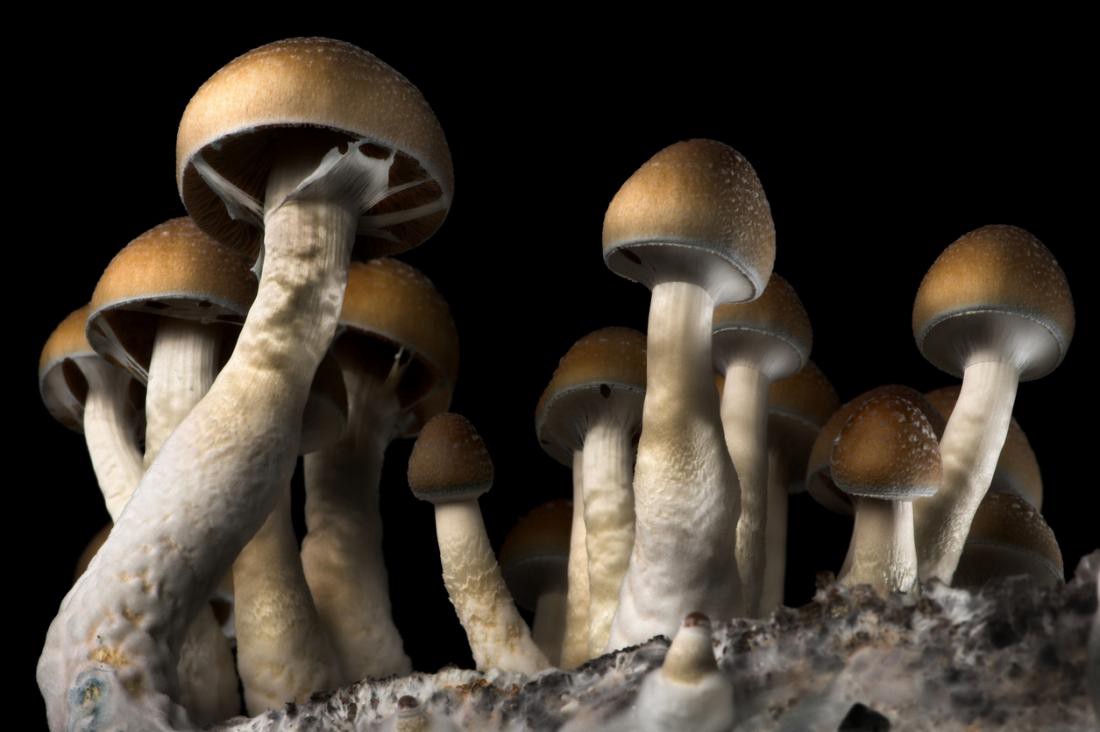 Psilocybes. They?re trippy just to look at. Mushrooms are fascinating creatures.
Psilocybes. They?re trippy just to look at. Mushrooms are fascinating creatures.
The more intrepid DIY psychonauts can source Mimosa hostilis root bark (which is legal in the US and most other countries) and then extract the DMT at home. This is not as simple as boiling San Pedro pulp, but it can be done by anyone with access to vinegar, sodium hydroxide, and Naptha or any other solvent easily purchased at a hardware store. PsychonautWiki provides a step-by-step guide. If you live in USDA planting zone 9, you can try growing your own Mimosa hostilis. For everyone else, the more realistic option is to simply order the root bark online and then process it yourself. Several other plants can also be used to extract DMT, but Mimosa hostilis is the gold standard.
A relatively simpler option is to grow Morning Glory vines at home, and then consume the seeds. The seeds contain Lysergic Acid Amide (LSA), which is a close relative to LSD. Consuming the former is a bit harder on the stomach, but the effects are comparable. There are many varieties of Morning Glory; the two that are most widely used for consumption are ?Heavenly Blue? and ?Pearly Gates.? You can even buy these seeds on Amazon. WikiHow provides a tutorial on how to grow Morning Glory vines. On Erowid you can find two different methods of preparation: the extraction method versus the just-chew-them method, both of which have their virtues.
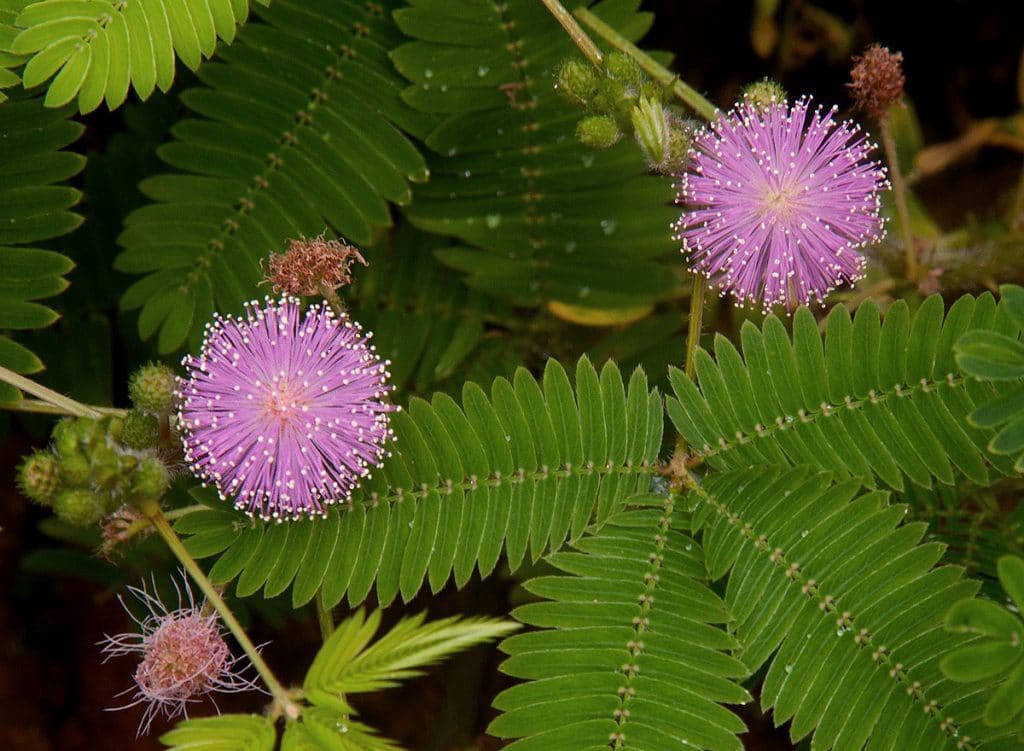 Mimosa hostilis has beautiful flowers, but the DMT is concentrated in the root bark, which can be sourced online and processed at home.
Mimosa hostilis has beautiful flowers, but the DMT is concentrated in the root bark, which can be sourced online and processed at home.
Salvia and Iboga can also be grown at home, but they?re not the most user-friendly plants to consume. I?ve tried Salvia twice and that?s enough. It?s a 10-minute journey to another dimension that is not particularly inviting, and the entry is harsher than DMT and 5-MEO. But for some reason Salvia is legal in the US and DMT is not. As for Iboga, this plant requires extreme caution. It goes without saying that the deadly nightshades should not even be considered. I do grow Angel?s Trumpet in Ecuador but only for its sumptuous aroma at night ? this plant should never be consumed.
It really all comes back to Cannabis and San Pedro. Cannabis-growing tutorials are plentiful, so take your pick. I like the 6-minute video by Leafly on how to grow Cannabis outdoors.
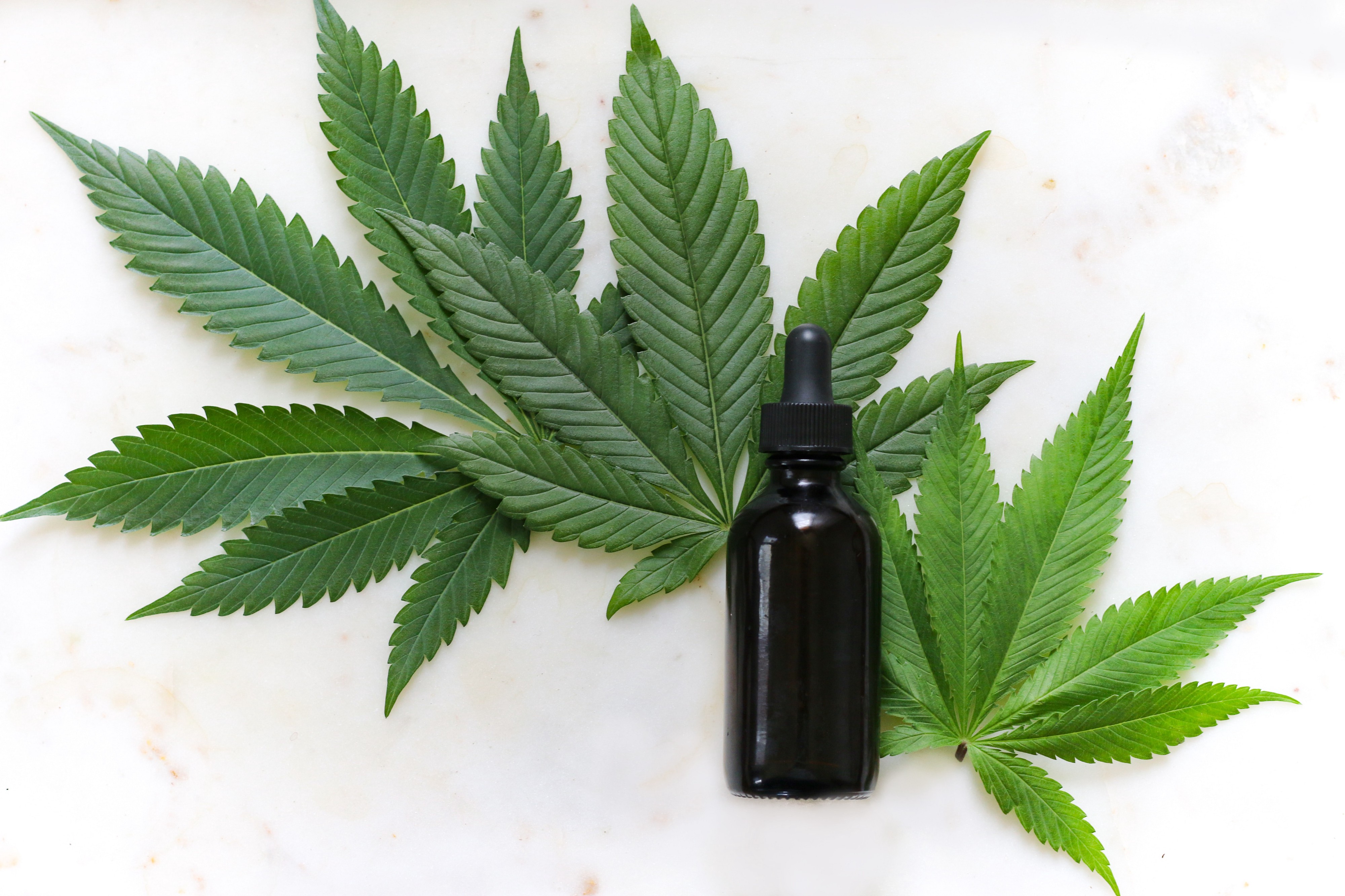 Cannabis indica
Cannabis indica
San Pedro is a great plant to work with because it?s easy to grow and to consume. The only tools required to prepare it are a knife, a pot of water, and fire. My favorite San Pedro resource is an article called ?DIY Mescaline: How to explore San Pedro without a guide.? I?m biased because I wrote it. It covers identification, cultivation, harvest, preparation, and what the experience is like, to the extent that something ineffable can be expressed in words.
A more recent article I wrote ? ?Macro-Dosing Mescaline: The danger of not consuming enough San Pedro? ? provides more specific preparation and dosage instructions. I also made a movie about it. More on that at the very bottom of this email.
 Nabilia Ganem in the short film we shot in Ecuador, under the influence of San Pedro.
Nabilia Ganem in the short film we shot in Ecuador, under the influence of San Pedro.
Disclaimers
I feel obliged to issue two disclaimers.
- Psychedelics of any kind ? whether it?s synthetics purchased online or plants grown at home ? should only be used with caution and, ideally, when someone you trust is nearby to watch over you. Granted, I frequently break this rule myself, but it?s a good general policy.
- Despite the decriminalization of Cannabis and Psilocybin in some parts of the US, these plants continue to be listed as Schedule 1 narcotics by the federal government, for which they are still illegal at the federal level. Unless you are a registered member of the Native American Church, it is illegal to grow Peyote and to consume it. And even though plants like San Pedro and Mimosa hostilis are legal to purchase and grow in your home garden, it is illegal to prepare them for consumption in any way. So if you get caught boiling San Pedro in your kitchen, technically you could go to jail ? likewise if you extract DMT from a legally-purchased plant. My official suggestion is to not do anything I said in this article.
If there are any other psychotropic plants that you think I overlooked, please let me know in the comments section.
See the Movie
We recently made a short film about wild-harvested San Pedro, filmed in Ecuador under the influence of the great cactus itself. It is currently in post-production. If you?re interested in seeing the final cut, sign up on the form below ? there is no cost to watch it. Once the movie is ready to launch, I will send you the Vimeo password. The reason we can?t simply upload the film to YouTube is that we?re also submitting it to film festivals, which often require that films have not yet been released to the general public.
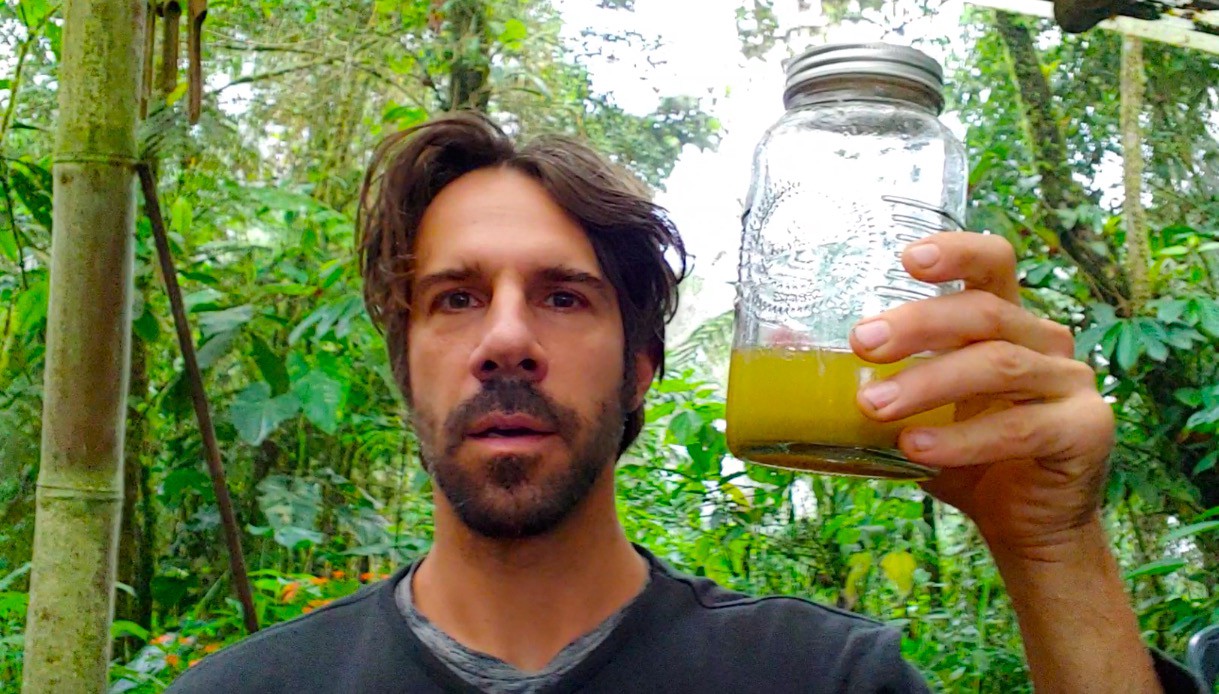 Thanks for reading my article.
Thanks for reading my article.
